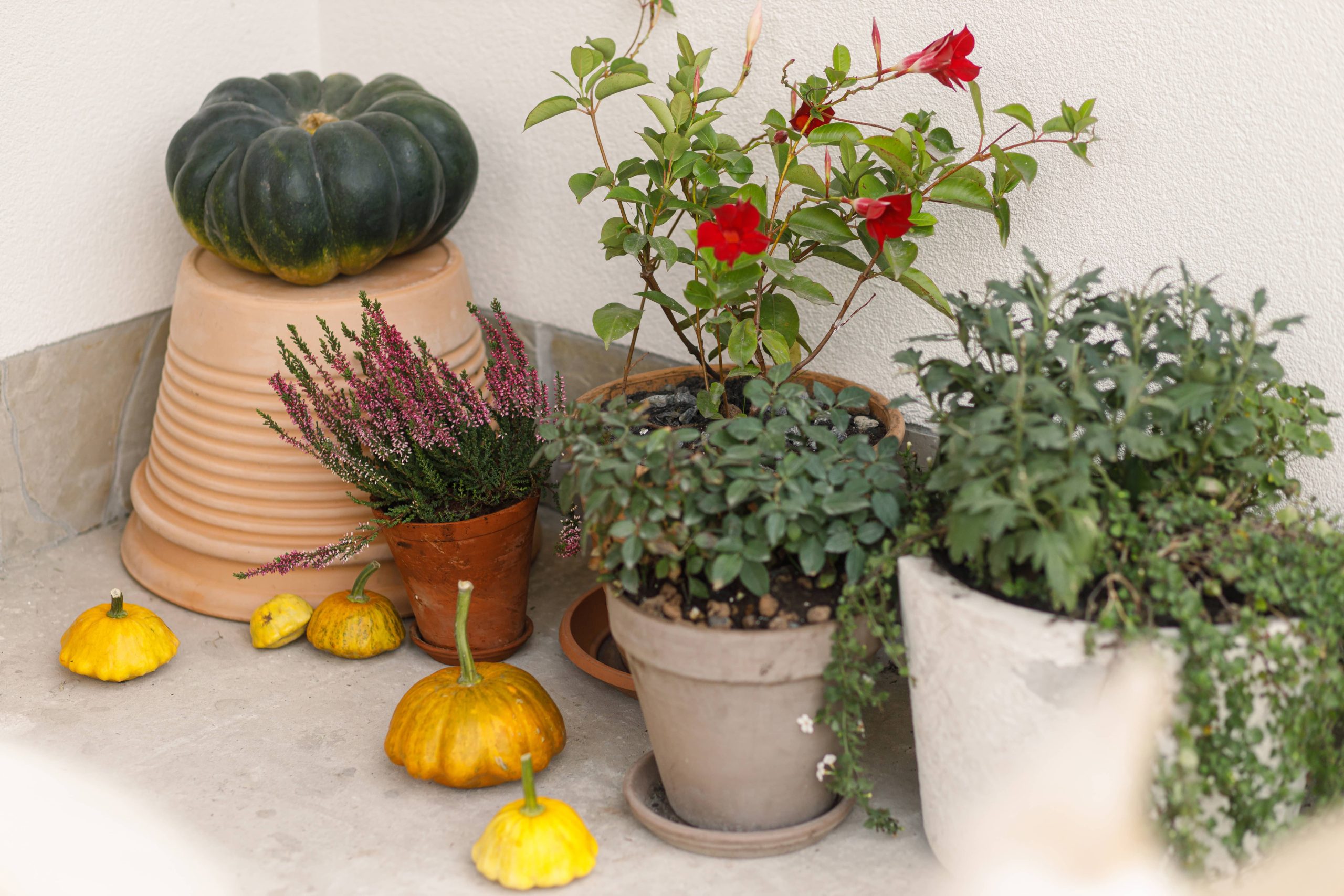
Summer is upon us, and with it comes the promise of long, sunny days and warm evenings – perfect for outdoor gatherings, family barbecues, and backyard relaxation. For many homeowners, a lush, green lawn serves as the perfect backdrop to these summer activities. However, keeping your grass in prime condition during the heat and drought risks of summer requires a thoughtful approach to lawn care. Here are some vital tips to ensure your grass remains green and healthy throughout the hot months.
1. Proper Watering Techniques
Watering your lawn efficiently is crucial in maintaining its vibrancy. During the summer, it’s important to water your lawn deeply but infrequently. This encourages the roots to grow deeper into the soil, making your grass more drought-resistant. Aim for about an inch of water per week, either from rainfall or supplemental watering. The ideal time to water your lawn is early in the morning, between 5 a.m. and 10 a.m. Watering during this time reduces evaporation and allows the grass to dry before evening, reducing the likelihood of disease.
2. Regular Mowing Practices
Mowing your lawn correctly is another key factor in keeping it healthy. During the summer, raise your mower blades to leave the grass a bit longer, generally between 3 to 4 inches tall. This height will help shade the soil, reducing water evaporation and keeping the grass healthier. It also promotes deeper root growth, which is vital during stressful summer conditions. Make sure your mower blades are sharp to avoid tearing the grass, which can lead to disease. Avoid mowing during the heat of the day as this can stress your grass.
3. Fertilization and Soil Health
Feeding your lawn is important, but the summer requires a more careful approach. It’s best to apply a slow-release fertilizer at the start of the season to provide your grass with a steady supply of nutrients without overwhelming it. Be cautious not to over-fertilize as this can lead to excessive growth, which demands more water. Additionally, consider having your soil tested to understand its nutrient content better, allowing you to address any deficiencies specifically.
In addition to fertilization, maintaining soil health can involve aeration, which allows water and nutrients to penetrate the soil more efficiently. Consider aerating your lawn in late spring if it experiences high foot traffic or has compacted soil, which can impede root growth.
4. Weed and Pest Control
Summer can bring about a variety of weeds and pests that can negatively impact your lawn. Regularly inspect your lawn for signs of weeds and remove them promptly. Hand-pulling weeds is effective, especially when the soil is moist. You may also consider applying a pre-emergent herbicide early in the season before weeds become established.
Pests such as grubs and chinch bugs can cause significant damage to your lawn. Maintain a watchful eye for patchy or brown areas indicating a pest problem. Employ insecticidal treatments if needed, following organic or environmentally-friendly options if possible to minimize chemical use.
5. Managing Grass Stress
Summer heat can place stress on your lawn, leading to brown patches and wilting. To mitigate this, minimize foot traffic during the hottest parts of the day, as stressed grass is more susceptible to damage. Consider creating defined pathways using stepping stones or mulch to prevent unnecessary stress on the lawn.
If your lawn does show signs of stress, resist the urge to over-water or over-fertilize as this can exacerbate the problem. Instead, assess environmental factors such as shade coverage and soil compaction, which may be contributing to the issue.
6. Alternative Lawn Options
For those looking to reduce water usage or maintenance time, consider alternatives to traditional lawns. Incorporating drought-tolerant grasses, such as Bermuda or Zoysia, can dramatically cut down on water needs. Additionally, consider mixing in ground covers like clover or ornamental grasses to enhance your lawn’s resilience and biodiversity.
7. The Importance of Consistency
Consistency is key to effective lawn care. Establishing a regular schedule for maintenance tasks such as watering, mowing, and inspecting for pests or diseases is crucial in preventing problems before they become unmanageable. Set reminders or use a calendar to plan your lawn care activities to ensure your grass receives timely attention throughout the summer months.
Conclusion
A beautiful, healthy lawn is attainable with the right summer care strategies. By implementing these tips – proper watering, mindful mowing, informed fertilization, vigilant weed and pest management, and stress mitigation – you can maintain a lush green lawn that complements all your summer activities. Remember that each lawn is unique, so take the time to understand your specific grass type and environmental conditions to tailor your care approach effectively. With consistent attention and a little effort, your lawn will continue to be a source of pride and the perfect setting for summer enjoyment.







